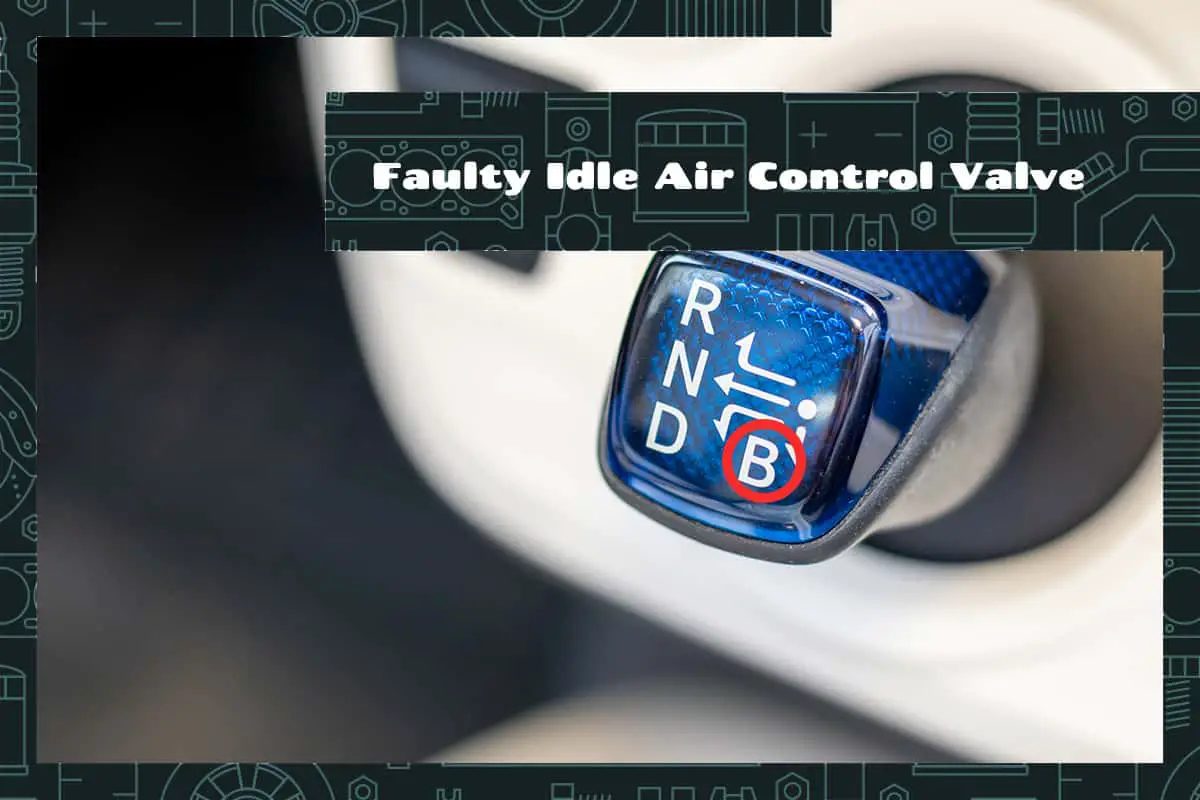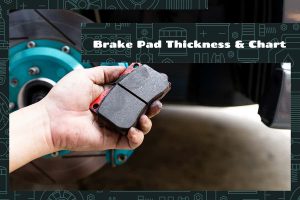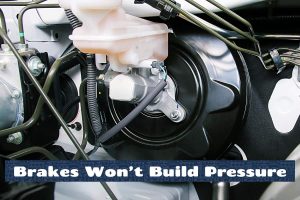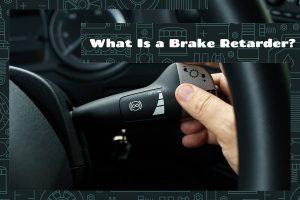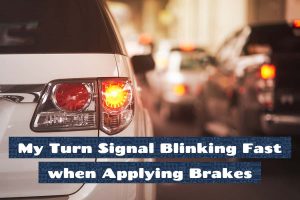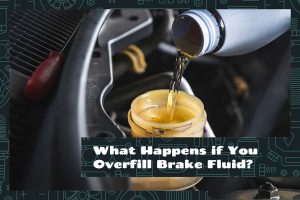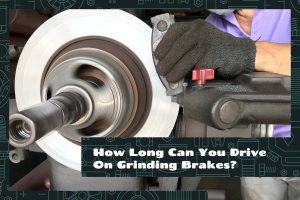Gears form the crux of its transmission system. They regulate the car’s power and speed, enhancing overall performance and fuel efficiency. One part of this complex system that often puzzles drivers is the ‘B’ gear, a seemingly mysterious presence amidst familiar indicators like ‘P,’ ‘R,’ ‘N,’ and ‘D.’
The ‘B’ on a gear shift stands for ‘Braking’ or ‘Engine Braking.’ It’s primarily used to improve vehicle control when descending steep inclines and limit wear and tear on the brakes by employing the engine’s retarding force
In this guide, we will discuss the functions and applications of the ‘B’ gear. There’s quite a lot to unpack, so buckle up!
Decoding the Gear Shift Indicators
Gear shifts determine the power distribution to the wheels and, consequently, control your car’s speed and movement. Most automatic cars will have these standard gear shift indicators: ‘P,’ ‘R,’ ‘N,’ ‘D,’ and the often mystifying ‘B.’
What Each Letter on Your Gear Shift Stands for
The gear shift selectors in your car are there to engage different gears based on driving conditions. Here’s what each letter denotes:
- P (Park): This mode locks the transmission, preventing the car from moving. You should use it when you’ve parked the car and plan to leave it unattended.
- R (Reverse): As the name implies, this mode is used for moving your car backward. It should only be used when your vehicle is stationary, and you want to reverse.
- N (Neutral): This mode disconnects the engine from the wheels. It’s primarily used when you’re idling or need to restart a stalled engine.
- D (Drive): This is the mode you’ll use the most while driving. It allows the automatic transmission to shift through all forward gears, adjusting as per speed and acceleration.
- B (Engine Brake): More on this in the sections below.
A Deep Dive into the ‘B’ Gear
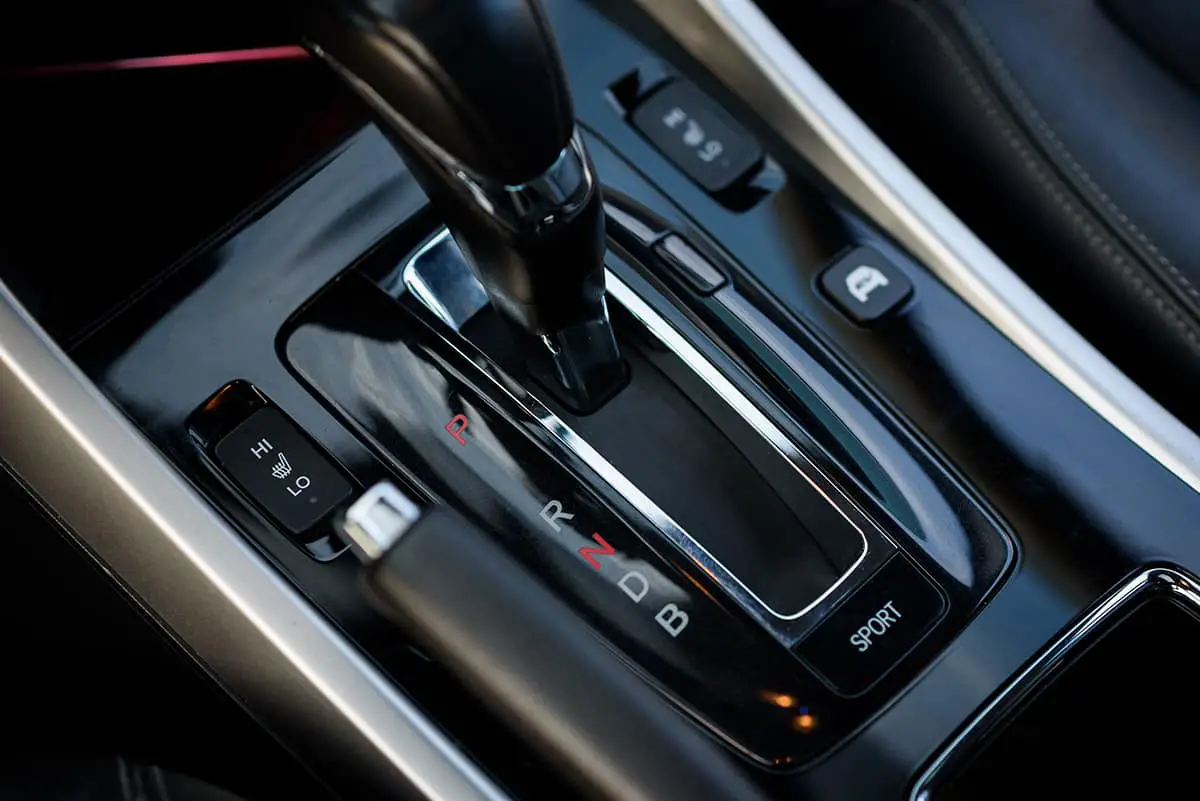
The ‘B’ on your gear shift represents ‘Brake’ or more specifically, ‘Engine Brake.’ Unlike other gears, ‘B’ doesn’t alter your car’s speed or direction but instead, impacts how it handles certain driving conditions.
In essence, using ‘B’ gear engages the engine braking system. Engine braking uses the engine’s resistance to slow the vehicle down, limiting the reliance on the mechanical braking system. This feature proves to be immensely useful during downhill drives or when you need to decelerate gradually without applying brakes repeatedly.
Now that we have a basic understanding of what the ‘B’ gear is, let’s dive deeper into its functionality and role in different car models.
The Functionality of ‘B’ Gear in Different Car Models
The ‘B’ gear, denoting engine braking, is found in several automatic cars, primarily those with Continuously Variable Transmission (CVT). CVT doesn’t have fixed gears, thus providing a smoother and more efficient driving experience. When you shift to ‘B’ in a CVT vehicle, it changes the transmission ratio, increasing engine speed and thereby enabling engine braking.
In traditional automatic cars, the ‘B’ gear could alter the transmission’s shift points, allowing the car to remain in lower gears longer for increased engine braking. Hybrid and electric vehicles, on the other hand, use the ‘B’ mode differently.
‘B’ Gear in Hybrid and Electric Vehicles
In hybrid and electric vehicles (EVs), the ‘B’ gear activates regenerative braking. Regenerative braking allows these vehicles to convert the kinetic energy lost during deceleration back into stored energy in the vehicle’s battery. This process increases the car’s efficiency and extends its range.
When you shift to ‘B’ in a hybrid or an EV, it increases the level of regenerative braking. The vehicle slows down more aggressively when you release the accelerator, capturing more energy to recharge the battery.
Practical Applications of the ‘B’ Gear
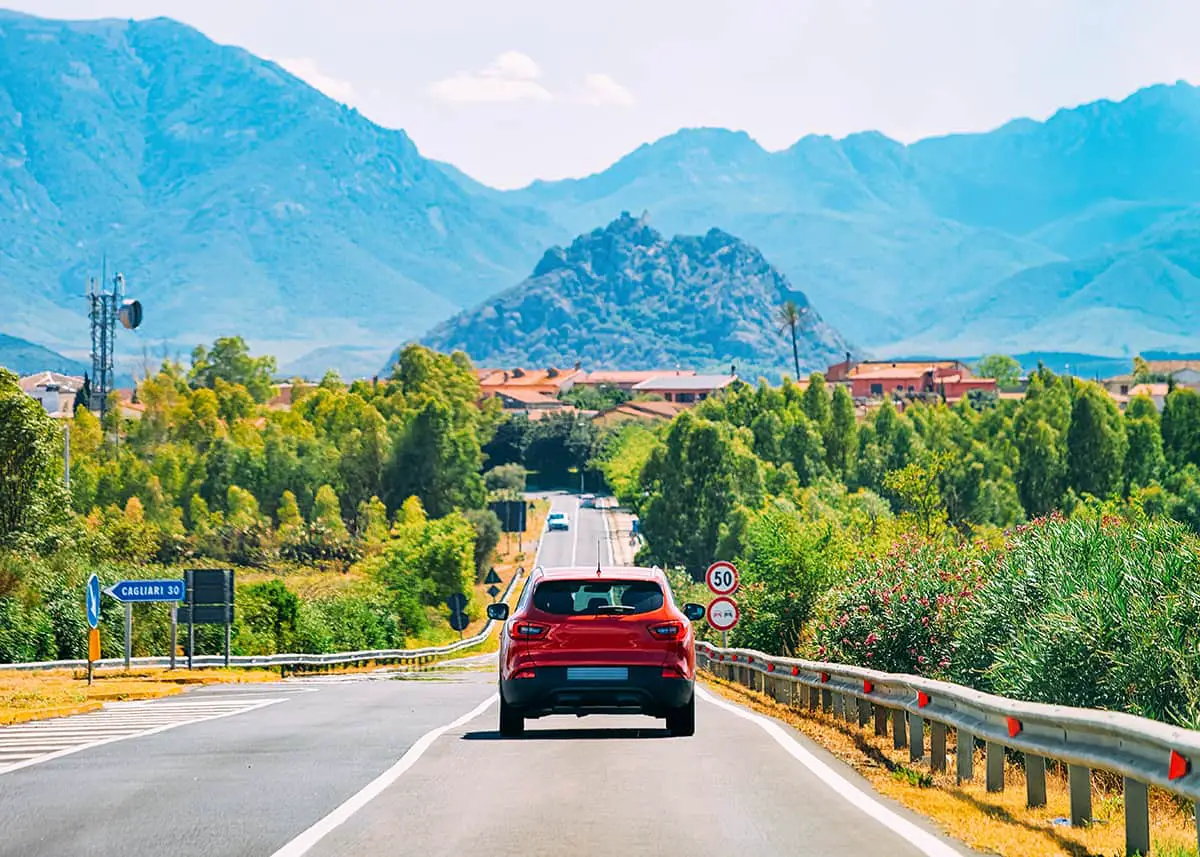
The ‘B’ gear is a unique feature designed to make driving safer and more efficient in specific situations.
Using the ‘B’ Gear While Driving Downhill
Steep descents can cause your vehicle to accelerate due to gravity. The ‘B’ gear helps to maintain control and ensure safety by employing engine braking to maintain a consistent speed. This reduces the need for constant braking, which can lead to brake overheating and subsequent failure.
You should generally use the ‘B’ gear in the following conditions:
- Steep slopes: If you’re descending a steep hill, especially for an extended period, the ‘B’ gear can help manage your speed more effectively.
- Heavy vehicle load: If you’re driving a heavily loaded vehicle downhill, the additional weight can cause faster acceleration. The ‘B’ gear can help keep the vehicle speed in check.
The ‘B’ Gear and Towing
If you’re towing a trailer or another heavy load, the ‘B’ gear can provide additional braking power. Towing increases the load on your vehicle, especially when going downhill, potentially leading to faster acceleration and making it harder to stop. By using the ‘B’ gear, you can control your vehicle’s speed more effectively and reduce the strain on your brakes.
However, while the ‘B’ gear can help, safe towing also requires appropriate weight distribution, a capable vehicle, a correctly installed controller, and attention to towing laws and regulations.
‘B’ Gear for Energy Efficiency in Hybrid and Electric Vehicles
As discussed, in hybrid and electric vehicles, the ‘B’ gear activates regenerative braking, turning the motor into a generator that can convert the kinetic energy lost during deceleration back into energy to power the battery. This makes it particularly useful for increasing energy efficiency, especially in stop-and-go traffic or downhill drives.
However, overuse of the ‘B’ gear can lead to an increased energy consumption, so it should be used sparingly and in the right conditions.
FAQs
1. Can I use ‘B’ gear as an alternative to brake pedal during regular driving?
No, the ‘B’ gear should not be used as a substitute for the brake pedal during regular driving. It’s designed to aid in specific conditions, such as downhill driving and when towing heavy loads. In normal driving conditions, it’s best to use your car’s regular brakes for slowing or stopping.
2. Can I damage my car by using ‘B’ gear incorrectly?
Regular and unnecessary use of the ‘B’ gear can cause the engine to operate at higher RPMs, which may lead to increased engine wear over time. It could also negatively impact your fuel efficiency in non-hybrid vehicles.
In hybrid and electric vehicles, overuse of ‘B’ gear can lead to increased energy consumption as it may engage the mechanical brakes along with the regenerative braking system when strong braking force is required.
